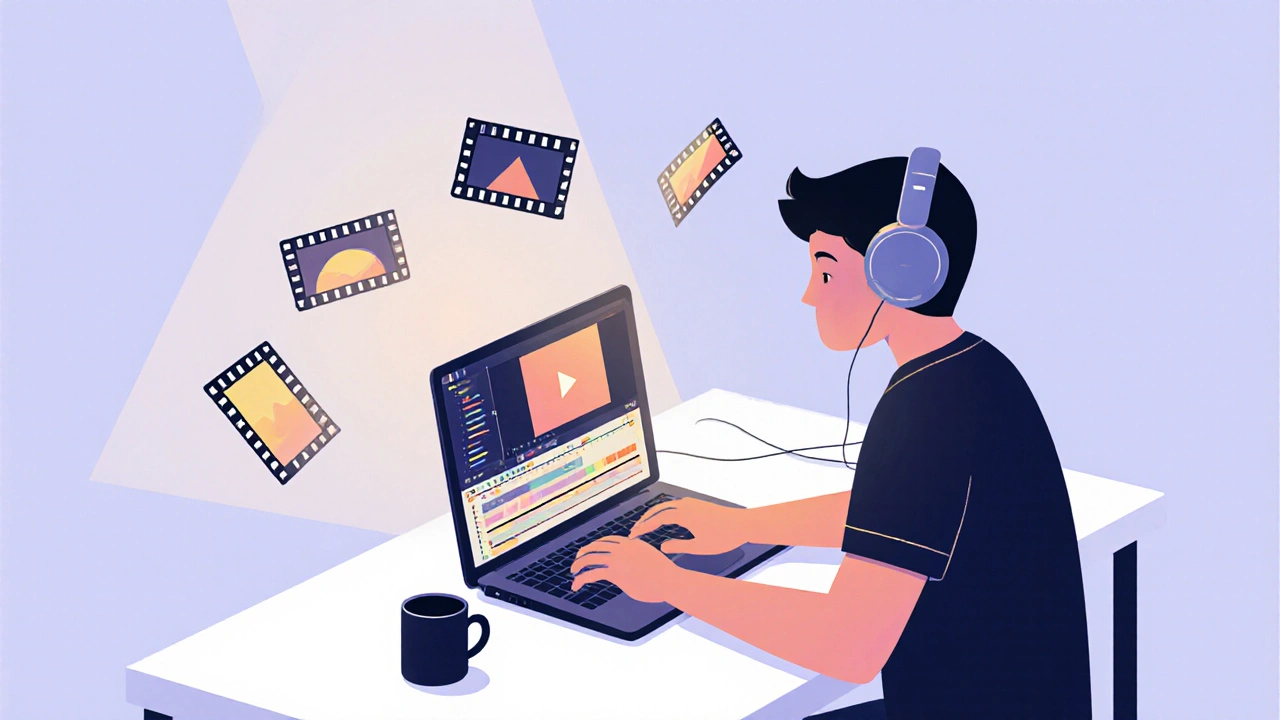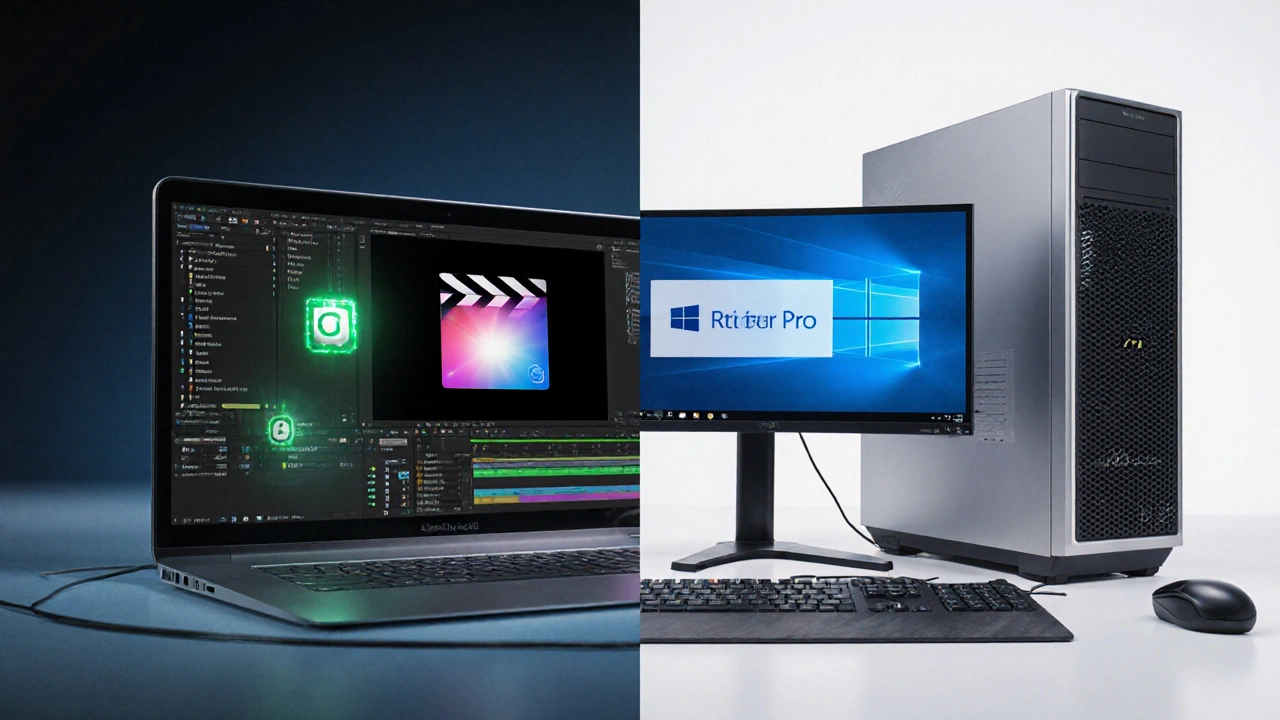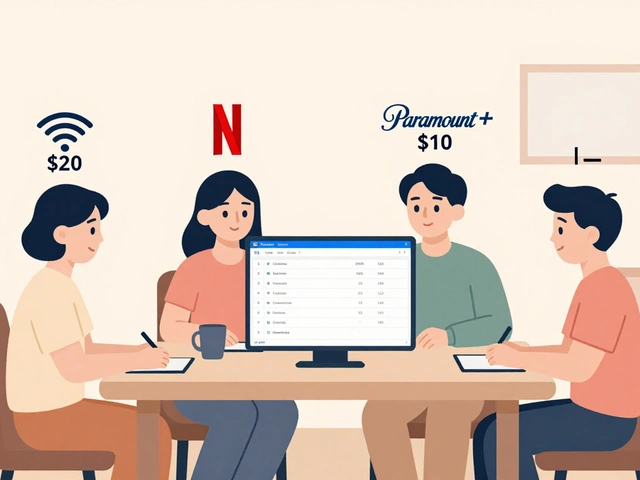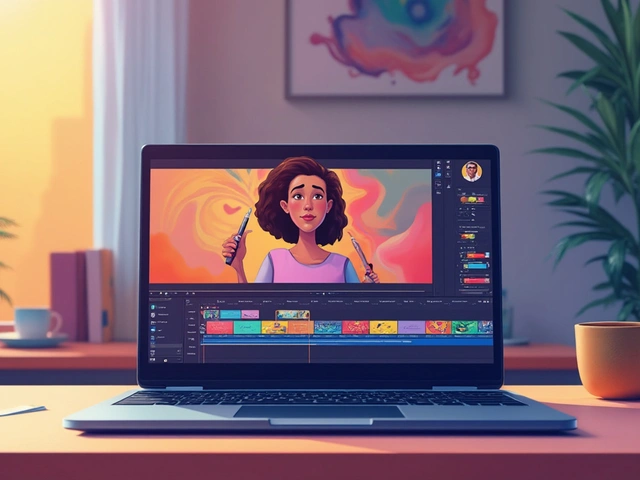Video Editing Software: Your Go‑to Guide for Better Edits
If you’re staring at a blank timeline and wondering which app to open, you’re not alone. The market is flooded with options, from free browsers to pricey pro suites. The good news? You don’t need to be a tech whiz to pick a solid editor. In this guide, I’ll break down the most popular tools, share quick hacks, and point you to the DigVid posts that dig deeper into each topic.
Top Picks for Beginners
When you’re just starting, simplicity wins. DaVinci Resolve offers a free version that feels like a pro app – drag‑and‑drop clips, basic color correction, and a tidy interface. If you prefer something web‑based, Canva now includes video trimming and simple transitions, perfect for social posts. For Mac users, iMovie is already installed and handles basic cuts, titles, and music without a learning curve.
Our post “Top Video Editing Software for Beginners” goes through each of these tools side by side, showing you which one matches your goals and budget. Trust me, spending a few minutes reading that comparison saves hours of trial and error.
Choosing the Right Software for Your Needs
Not all projects are created equal. If you’re editing a short vlog, speed matters – look for apps with preset templates. The “Ultimate Guide to Video Editing Presets” explains how preset packs can cut editing time by half. For cinematic work, you’ll want robust color grading and multi‑track audio; that’s where Adobe Premiere Pro or the paid tier of Resolve shines.
Another factor is platform. Chromebook users often think they’re stuck with online tools, but the article “Top Video Editing Software for Chromebook” lists apps like Kdenlive (via Linux) and PowerDirector that run smoothly on low‑powered devices.
Hardware also plays a role. If your PC has a decent GPU, editors like Final Cut Pro (Mac) or Vegas Pro (Windows) will leverage that power for real‑time playback. If you’re on a budget laptop, stick with lightweight editors like Shotcut or use the cloud‑based WeVideo to offload rendering.
One tip most people overlook: set up a custom template. The “Master Video Editing with Custom Templates” post shows how a reusable intro/outro template can keep branding consistent across dozens of videos. It’s a small step that makes a huge difference for channel growth.
Finally, think about community and support. Editors with active forums (like DaVinci Resolve’s Reddit) let you troubleshoot fast. If you’re hiring help, the guide “How Much Should You Pay a YouTube Video Editor in 2025?” gives realistic rate ranges, so you can budget accordingly.
Bottom line: start with a free, user‑friendly tool, test a few presets, and upgrade only when your projects demand more power. Use the linked DigVid articles for deeper dives, and you’ll be editing like a pro without the overwhelm.
7
Best Video Editing Software for Windows in 2025
Find the best video editing software for Windows in 2025, whether you're a beginner or pro. Compare free and paid options like DaVinci Resolve, Premiere Pro, and PowerDirector with real hardware tips.
7
Final Cut Pro vs Premiere Pro: Which Video Editing Software Wins?
Compare Final Cut Pro and Premiere Pro across performance, workflow, pricing, and platform support to find out which video editor fits your needs.
14
Top Video Editing Software for Android: Standout Choices for 2025
Explore the best video editing software available for Android devices in 2025. Discover tools that cater to both beginners and advanced users, offering features like multi-track editing, visual effects, and easy sharing. Learn how these apps can transform your mobile device into a powerful video editing studio. Whether you're creating content for social media or personal projects, there's an Android app to suit your needs.
Latest Posts
Popular Posts
-
 Roger Ebert’s Star System: How Film Criticism Scoring Changed Movie Watching
Roger Ebert’s Star System: How Film Criticism Scoring Changed Movie Watching
-
 How to Reduce Netflix Data Usage Without Losing Video Quality
How to Reduce Netflix Data Usage Without Losing Video Quality
-
 Hulu Review: Complete Overview of the Streaming Service in 2026
Hulu Review: Complete Overview of the Streaming Service in 2026
-
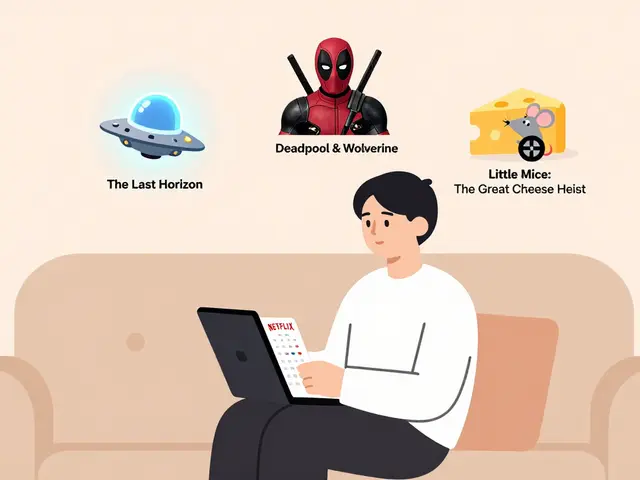 New on Netflix Calendar: Monthly Schedule of Movies and Shows
New on Netflix Calendar: Monthly Schedule of Movies and Shows
-
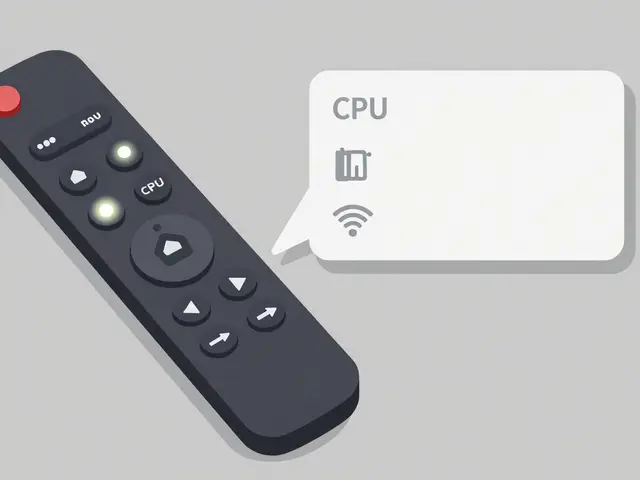 Roku Tips and Tricks: Secret Menus and Advanced Settings You Didn't Know Existed
Roku Tips and Tricks: Secret Menus and Advanced Settings You Didn't Know Existed
